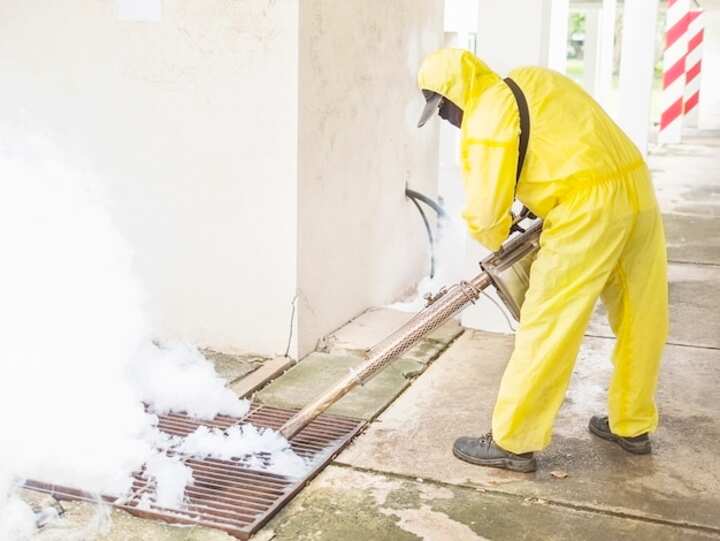
Expert Home Mold Removal Services Your Trusted Residential Mold Removal Experts
Mold growth in residential properties is a common issue that can lead to significant health risks and structural damage if not addressed promptly and effectively. The importance of professional mold removal services cannot be overstated, as these services ensure the thorough eradication of mold while preventing future outbreaks. Understanding the value of expert intervention can guide homeowners in maintaining a safe and healthy living environment.
The Importance of Professional Mold Removal
Engaging professional services for mold removal is crucial for several reasons. Mold spores are microscopic and can spread quickly throughout a home, often becoming a challenge to effectively manage without specialized knowledge and equipment. Here are key reasons why professional mold removal is essential:
- Professionals have the expertise to identify and address the source of mold growth.
- They use specialized equipment to ensure complete removal and prevention of future growth.
- Mold removal experts can safely handle toxic molds that pose health risks.
- They provide comprehensive solutions, including cleaning, disinfecting, and moisture control.
Steps in the Mold Removal Process
The mold removal process is meticulous and involves several critical steps to ensure complete eradication. Understanding this process can help homeowners appreciate the complexity and thoroughness of professional mold removal services.
Inspection and Assessment
The first step involves a detailed inspection and assessment to determine the extent and type of mold infestation. Professionals use advanced tools to detect hidden mold in walls, under floors, and in ceilings. Read more about this topic.
Containment
To prevent the spread of mold spores, containment strategies are implemented. This may include physical barriers and negative air pressure to isolate the affected area from the rest of the home. Explore further insights here.
Filtration
High-efficiency air filters and powerful vacuums are utilized to remove spores from the air. This step is critical in improving air quality and reducing health risks associated with mold exposure. Learn more in this detailed guide.
Removal of Mold-Affected Materials
Depending on the extent of contamination, mold-infested materials such as drywall, insulation, and carpeting may need to be removed and disposed of safely. Find additional information here.
Cleaning and Restoration
After the mold has been removed, the cleaning process begins. This involves using antifungal and antimicrobial treatments to clean surfaces and prevent future mold growth. Restoration is the final step, which may include repairs and repainting to return the home to its original condition.
Preventing Future Mold Growth
Prevention is a critical component of mold management. After remediation, it is important to take steps to prevent future mold issues. This includes:
- Ensuring proper ventilation in high-moisture areas like bathrooms and kitchens.
- Regularly inspecting and repairing leaks in plumbing and roofing.
- Controlling humidity levels with dehumidifiers and air conditioners.
- Promptly addressing water damage from leaks or floods.
Implementing these preventive measures can significantly reduce the risk of mold recurrence, protecting both the health of the home’s occupants and the integrity of the property.
Conclusion
Professional mold removal services play a vital role in maintaining a safe and healthy home environment. By understanding the processes involved and the importance of prevention, homeowners can make informed decisions about their mold management strategies. For those looking to delve deeper into mold removal techniques and prevention strategies, numerous resources are available, including this detailed guide offering further insights and information.